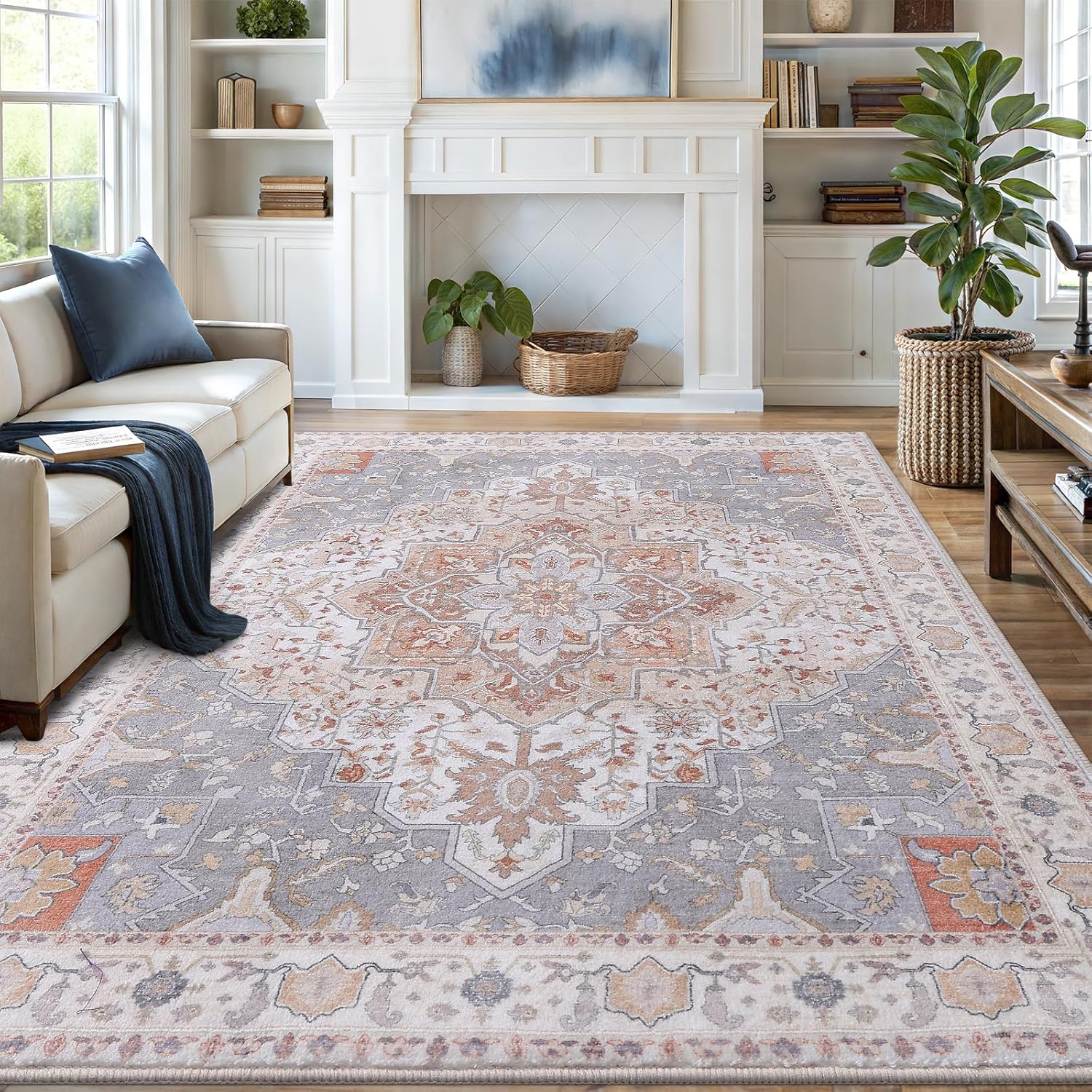Implement a regular maintenance schedule for high traffic gym floor areas, including daily cleaning, weekly deep cleaning, and monthly inspections for wear and tear.
High-traffic gym floors endure constant wear from athletes, equipment, and daily activities. Proper maintenance preserves safety, performance, and appearance while extending floor lifespan. This guide covers specialized care routines for all gym surface types.

Understanding Gym Floor Types And Their Needs
Gym floors come in various materials, each requiring specific care. The two most common are hardwood and rubber, though specialty surfaces like turf and vinyl also exist.
Hardwood Gym Floor Maintenance
Hardwood remains the gold standard for basketball courts and performance areas. Maple dominates 90% of professional installations due to its durability and shock absorption.
- Daily dust mopping with microfiber heads
- Weekly damp mopping with pH-neutral cleaners
- Quarterly deep cleaning and recoating
- Annual sanding and refinishing for heavily used courts
For more on wood care, see our guide on maintaining polished surfaces.
Rubber Floor Care Essentials
Rubber flooring thrives in weight rooms and functional training areas. Its shock absorption protects both athletes and equipment.
| Task | Frequency | Products |
|---|---|---|
| Dry sweeping | Daily | Soft-bristle push brooms |
| Deep cleaning | Weekly | Rubber-safe disinfectants |
| Stain treatment | As needed | Specialty rubber cleaners |

Daily Maintenance Protocols
Consistent daily care prevents buildup and maintains safe surfaces. These routines apply to all floor types.
The 5-Step Daily Cleaning Routine
- Remove all loose equipment and obstacles
- Dry sweep or dust mop entire surface
- Spot clean spills immediately with proper cleaners
- Inspect for damage or wear patterns
- Document any issues for follow-up
According to the National Federation of State High School Associations, proper daily maintenance can extend floor life by 3-5 years.
Weekly Deep Cleaning Procedures
Weekly cleaning addresses embedded dirt and bacteria that daily routines miss.
Hardwood Deep Cleaning
Use only approved hardwood cleaners and equipment:
- Auto-scrubbers with soft pads (175-300 RPM max)
- Neutral pH cleaners (7.0-8.5 pH range)
- Microfiber mops for final rinse
Rubber Surface Intensive Cleaning
Rubber requires different approaches:
- Stiff-bristle deck brushes for textured surfaces
- Commercial rubber cleaners (avoid petroleum-based)
- Extraction cleaning for poured-in-place rubber
For tough stains, our deep cleaning techniques can be adapted for rubber surfaces.
Seasonal And Annual Maintenance
Long-term care preserves structural integrity and performance characteristics.
Quarterly Maintenance Tasks
- Inspect for loose boards or seams
- Check moisture levels (below 12% for wood)
- Reapply finish coats as needed
- Test slip resistance
Annual Professional Services
Consider these annual professional services:
- Complete floor assessment
- Structural repairs
- Full refinishing (wood surfaces)
- Slip resistance testing
The Maple Flooring Manufacturers Association recommends professional evaluations at least annually for competition surfaces.

Vanmoos 6×9 Machine-Washable Area Rug — Artistic Flair / Beige
Low-pile, non-slip rug that minimizes pet hair collection and makes quick cleanup part of your routine.
Affiliate link — may earn a commission at no extra cost to you.
Special Considerations For High-Traffic Zones
Key areas like entrances, free weight sections, and cardio zones need extra attention.
Entrance Mats And Transition Areas
- Use scraper mats at all entries
- Clean matting weekly (daily in wet climates)
- Maintain 10-15 feet of transition space
Free Weight And Functional Training Zones
These areas see the most impact and equipment abrasion:
- Twice-daily inspections for dropped weights
- Extra padding under racks and platforms
- Monthly rubber surface conditioning
Preventative Measures For Long-Term Protection
Proactive strategies reduce maintenance needs and costs.
Member Education Programs
- Clear footwear policies
- Proper equipment handling training
- Spill reporting protocols
Strategic Facility Design
- Proper drainage in wet areas
- Zoned flooring materials
- Traffic flow optimization
Implementing these schedules keeps gym floors safe, functional, and visually appealing for years. Consistent care prevents costly repairs and ensures optimal athletic performance.
